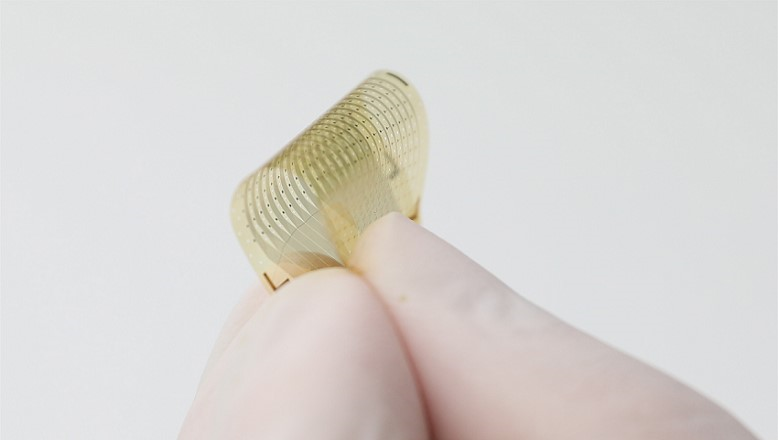High-Density ECoG Electrode Arrays
Previous research has demonstrated the potential of ECoG in BCIs, with initial studies focusing on clinical applications and low-density arrays for basic motor control. However, current ECoG arrays suffer from limited spatial resolution, impeding detailed neural mapping necessary for robust BCIs. Overcoming this limitation is crucial for advancing the field and unlocking the full potential of ECoG technology in BCIs. Our lab is focused on developing ultraflexible, high-density ECoG electrode arrays. We're tackling challenges in spatial resolution, biocompatibility, long-term stability, and robust signal processing through advanced nanofabrication techniques, innovative materials, and novel signal processing algorithms.

High density, multi-modality neural probe
The long-term goal of this research direction is to develop sensing and sampling techniques for combined measurements of neural spikes and release of neuromodulators from neuron ensemble in awake and behaving animals. Currently, the state-of-the-art techniques used in neuroscience labs monitor these modalities in isolation, i.e., either neural spikes or the release of neuromodulators. Despite the significant scientific discoveries enabled by these techniques so far, the information gained from single modality measurement is insufficient to understand the interaction and coordination between electrical and chemical signals in the brain. One prime example is understanding how dopamine regulates rapid neuronal responses during reward-based behaviors. My lab aims to address the urgent need for such tools for in vivo multi-modality measurements, providing researchers with complementary information to discover the mechanisms that underlie complex brain functions.


